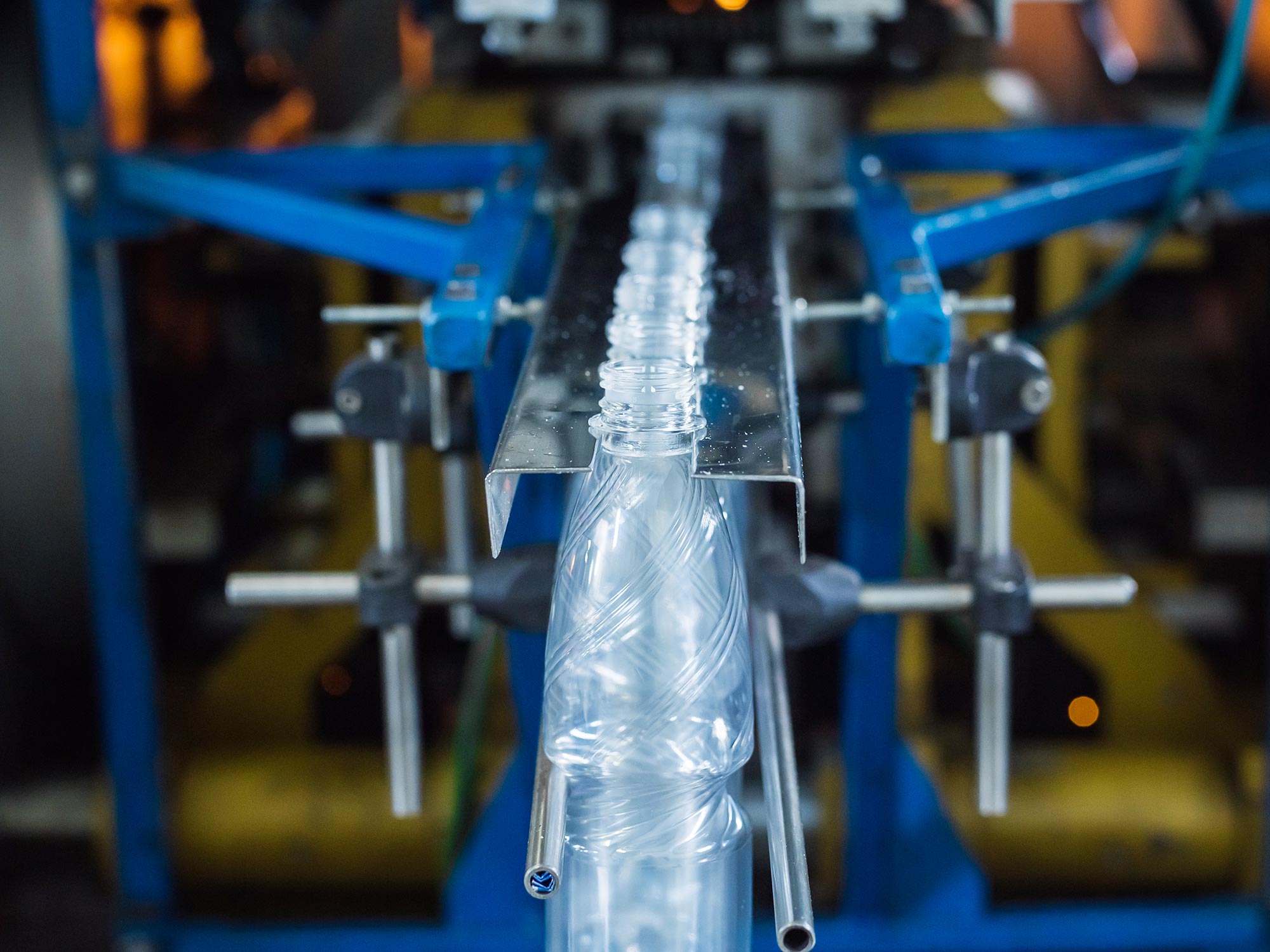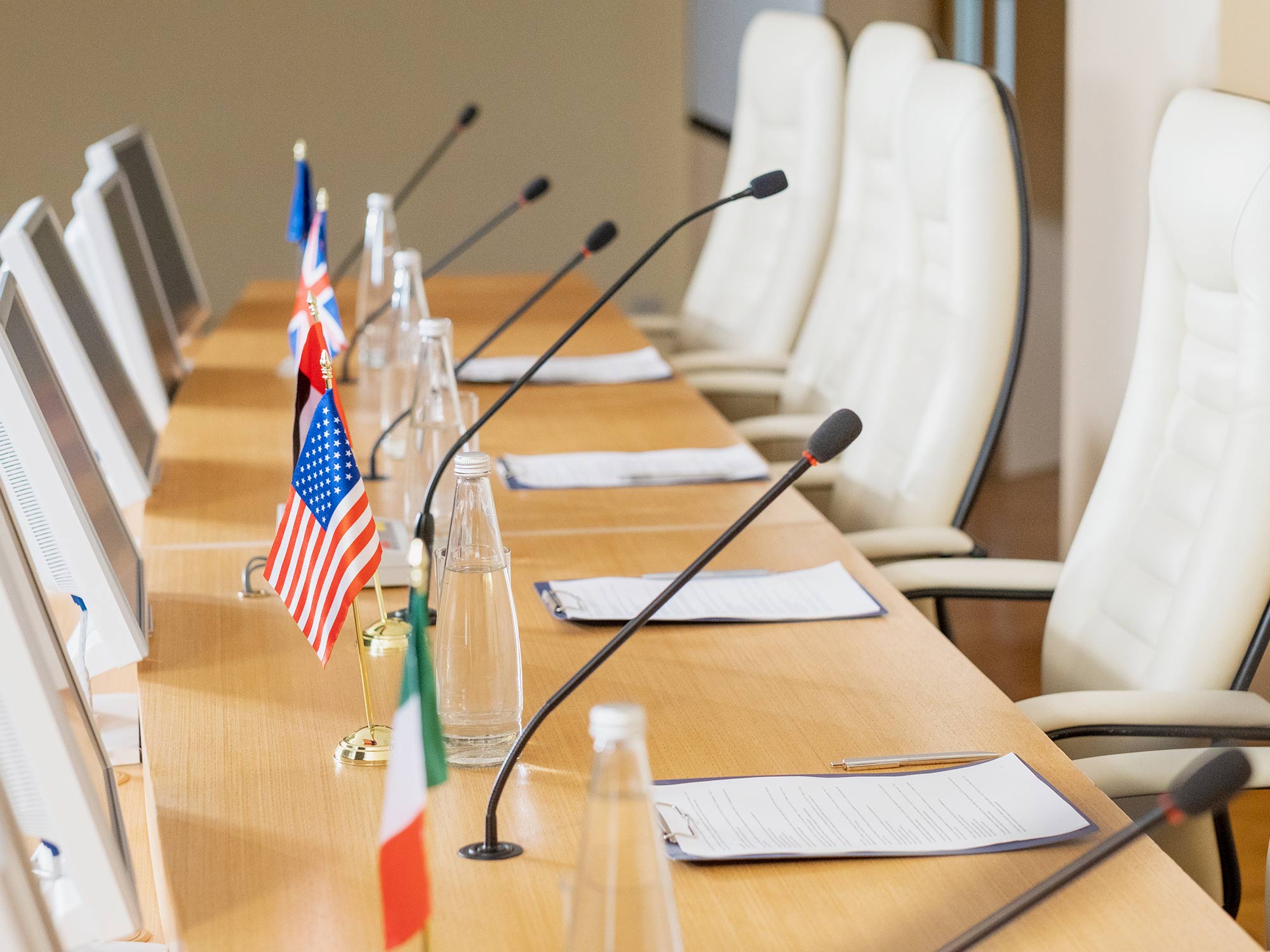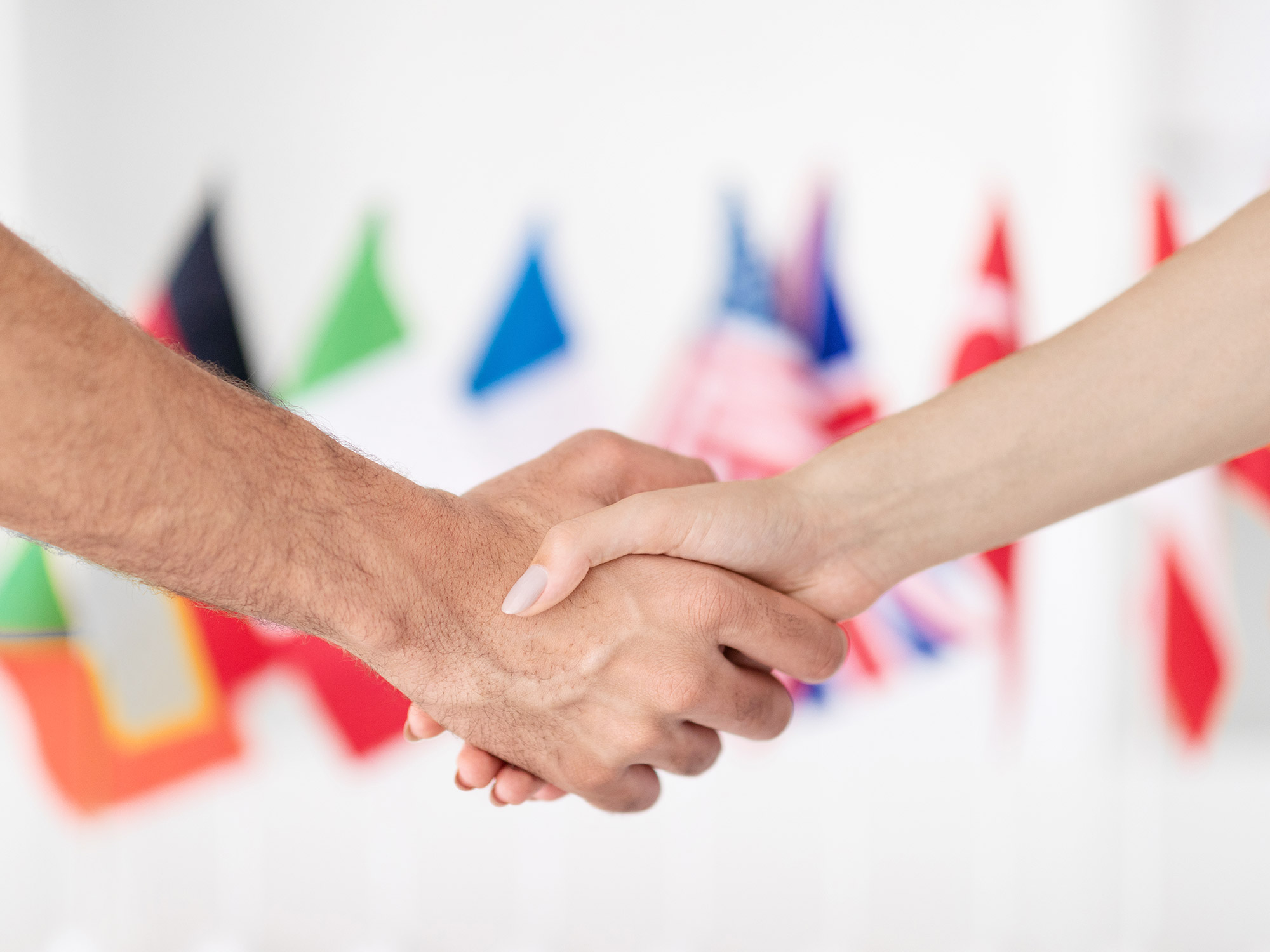The world is now facing a plastic crisis. According to the OECD, by 2060 global plastic use and waste are expected to triple. However, the recycling rate remains at only 9%. The solution is clear: reduce plastic production itself. [1]

To address this crisis, the international community agreed at the 2022 United Nations Environment Assembly (UNEA-5.2) to establish a legally binding international plastics treaty by 2024. [2]
The negotiations have taken place in Uruguay (INC-1), Paris (INC-2), Nairobi (INC-3), Ottawa (INC-4), and Busan (INC-5.1), leading up to the current session in Geneva (INC-5.2). The key goal is to comprehensively address the entire life cycle of plastics, from production to disposal.
A Place Created by Young Adult
What is particularly noteworthy at this INC-5.2 is that youth groups have clearly established their place among traditional diplomatic actors. International youth participation began at the 1992 Rio Earth Summit. In accordance with Agenda 21, which was adopted at that time, the UN Children and Youth Major Group (CYMG) was established. Over the past decades, it has served as a bridge between young people and the international community within the UN system.
At INC-5.1, held in Busan in November 2024, the CYMG also raised a strong voice. Global Coordinator Zuhair Ahmed Kowshik emphasized that “today’s decisions have a significant impact on future generations,” reminding the international community of the responsibility and rights of youth.

The Launch of YPAN
The maturity of the youth movement, led by the CYMG, has led to the birth of a new organization. On August 4, 2025, one day before the opening of INC-5.2, the Youth Plastics Action Network (YPAN) was launched. YPAN was formed as a coalition under the broad umbrella of the CYMG, focusing solely on the plastics treaty in order to raise an even stronger voice. [3]

During its launch, YPAN adopted ten key demands. [4]
- Include the entire life cycle of plastics within the scope of regulation.
- Set global targets to reduce the production of primary polymers and phase out fossil fuel subsidies.
- Ensure transparency in product ingredients and eliminate harmful chemicals.
- Reflect human rights and intergenerational equity in the treaty to guarantee a clean, sustainable environment and livelihoods.
- Mandate nature-friendly approaches that transform consumption and production systems for biodiversity conservation.
- Base the treaty on independent scientific research and traditional knowledge, while establishing safeguards against conflicts of interest.
- Support the development and spread of safe, verified alternatives and prevent greenwashing.
- Mandate extended producer responsibility (EPR), requiring producers to take responsibility across the entire life cycle.
- Establish financial mechanisms and implement the polluter-pays principle alongside subsidy reforms.
- Ensure rights-based inclusivity, as well as transparency, accountability, and accessibility throughout the development and implementation of the treaty.
This set of demands is significant because it goes beyond viewing the plastics issue merely as a waste problem, instead calling for a systemic approach. [5]
Achievements and Challenges
The launch of YPAN signifies that the youth environmental movement has matured from simply having a “voice” to taking real “action.” It has offered innovative perspectives that older generations may overlook, and it has shown potential to become a new model for youth participation in global issues.
However, the limitations are also clear. As a newly established organization, its long-term foundation remains fragile. In addition, the level of policy sophistication required at international negotiating tables still needs to be strengthened. To exert real influence in complex global issues, a higher level of expertise will be essential.
The Road Ahead
Unfortunately, INC-5.2 ultimately failed to reach an agreement on production limits. While negotiators agreed to continue discussions, no specific schedule or location has been set. [6]

In the current situation, where differences between countries are deepening, the role of youth is becoming even more important. In the remaining INC negotiations, the voices of young people can expand into concrete actions.
First, through consumer movements and lifestyle practices, youth can directly reduce plastic use and bring on-the-ground experiences to the international negotiation table, proving their role.
Second, by presenting new alternatives based on academic approaches and networks built through diverse discussions, they can help strengthen the expertise of the negotiations.
Third, by drawing attention to the rights of future generations—often overlooked by older generations—they can reinforce the legitimacy of the treaty.

The plastics issue is not a simple problem. It is a complex challenge that encompasses intergenerational differences and sustainability.
Therefore, youth participation is a condition that guarantees the future of the treaty. When the international community is able to translate their proposals into actual policy, the path toward solving the plastics problem will become clearer. What is urgently needed are the creative alternatives of young people that can break through the deadlocks older generations have been unable to resolve.
The actions of youth will become the turning point that determines tomorrow’s plastics issue.